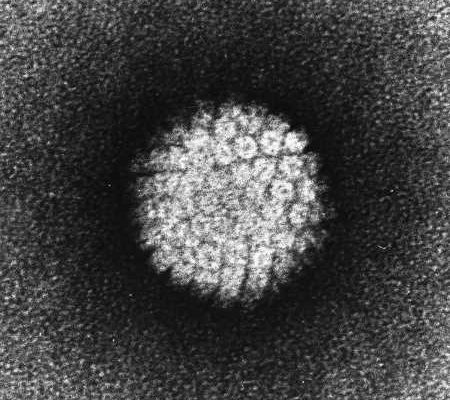HPV vaccination program shows increasing impact on preventing HPV among vaccinated and unvaccinated females

A new analysis of nationally representative data shows the increasing impact of human papillomavirus (HPV) vaccination efforts that started more than a decade ago. The findings suggest direct protection as well as herd effects from the vaccine. The findings are published in Annals of Internal Medicine.
HPV is the most common sexually transmitted infection in the United States. Persistent infection of some HPV types can cause cancer, which may develop years or decades after infection. HPV vaccination aims to prevent these complications. Prevalence monitoring for HPV infection is used to assess the early impact of HPV vaccination programs and can provide measurements of vaccine impact. Prevalence monitoring in the United States is possible through NHANES (National Health and Nutrition Examination Survey); the Centers for Disease Control and Prevention (CDC) incorporated HPV testing for female genital HPV before the HPV vaccination program began and data from the survey have provided strong evidence of impact of the HPV vaccination program.
Epidemiologists from the CDC analyzed NHANES data to track pre- and post-vaccination era HPV prevalence for both vaccinated and unvaccinated females. The authors also analyzed data for male HPV prevalence, but only one four-year data cycle (2013-2016) was available. The authors found that compared to pre-vaccine years, the overall prevalence of cancer-causing HPV decreased by 85% among females. They report that among vaccinated females, prevalence decreased by 90%, and among unvaccinated females, prevalence decreased by 75%. HPV types not targeted by HPV vaccination did not change during this time period. The authors caution that vaccination program disruption during the COVID-19 pandemic could threaten strides made in the previous decade.
Source: Read Full Article
